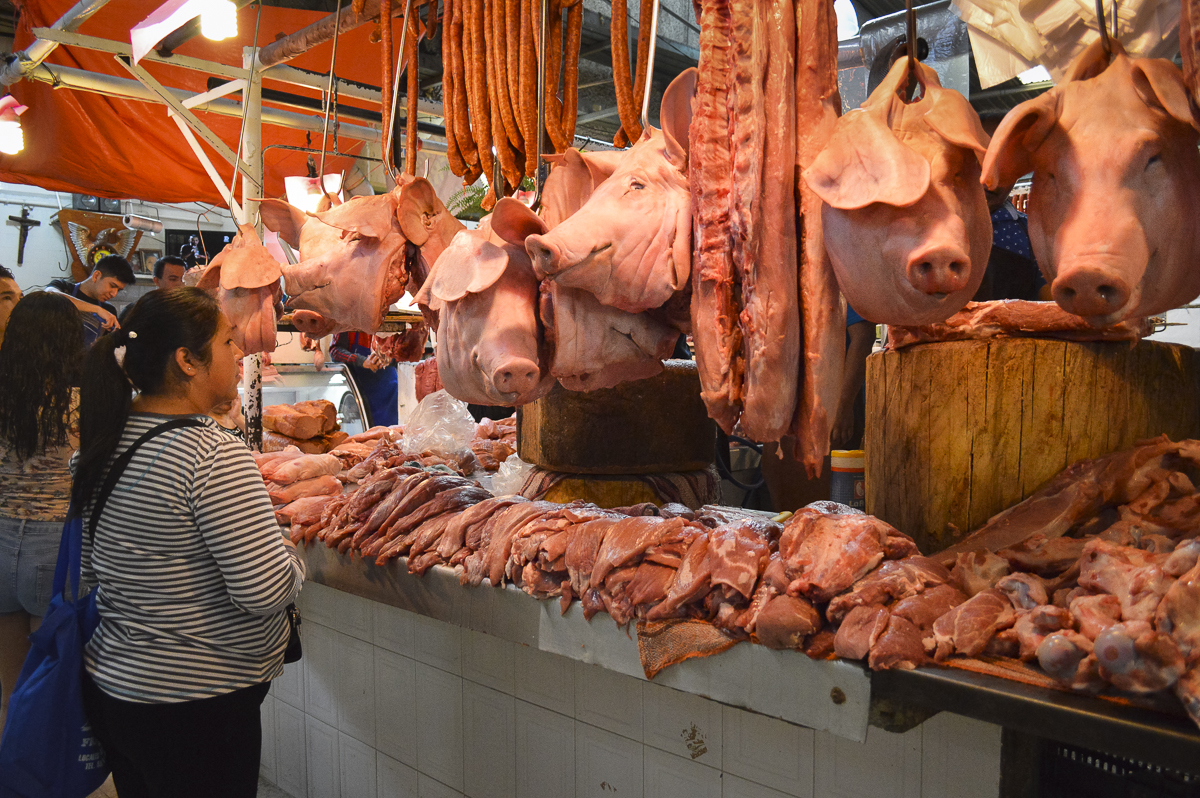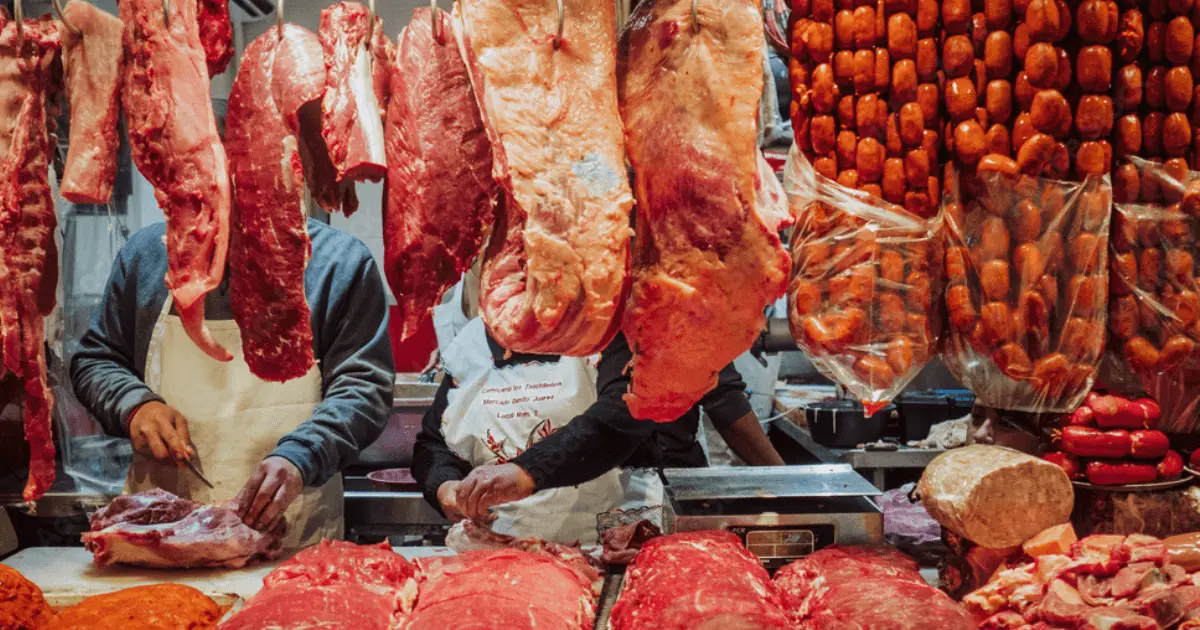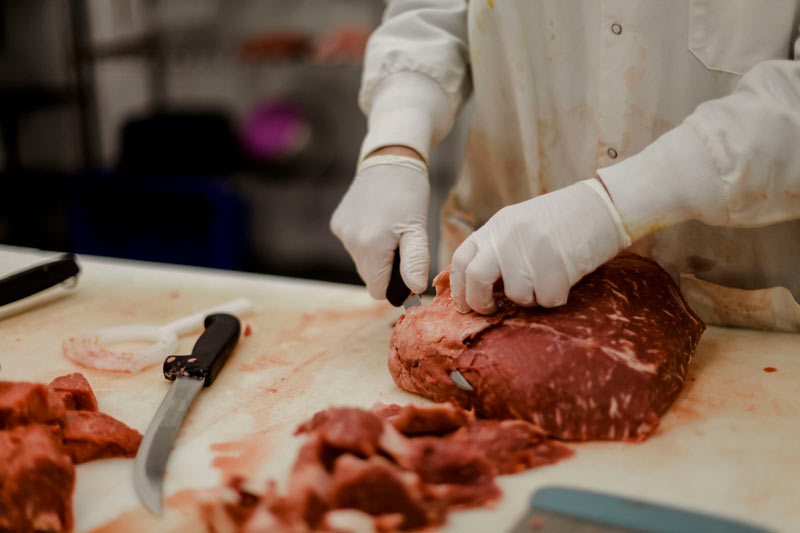Top Factors to Shop at Bagley Farms Meat Market Edwardsville IL for Costs Meats
Top Factors to Shop at Bagley Farms Meat Market Edwardsville IL for Costs Meats
Blog Article
Discover the Art of the Butcher's Cut in a Modern Meat Market
In the ever-evolving landscape of contemporary meat markets, the butcher's cut has actually transcended its standard roots, combining age-old workmanship with modern practices. What really establishes the contemporary butcher apart is their capacity to forge a much deeper connection between customers and the origins of their meat.
Advancement of Butchery Methods

The mid-20th century saw butchery strategies additionally fine-tuned by scientific insights right into muscle mass biology and meat aging, enhancing both inflammation and preference. Developments like vacuum cleaner product packaging and refrigeration prolonged product shelf-life, permitting butchers to branch out offerings and improve quality assurance. This period also noted the increase of specialized tools, such as band saws and meat slicers, which boosted precision and efficiency in meat processing.
Electronic systems currently assist in tracking pet provenance and optimizing cuts to satisfy specific customer choices. Furthermore, a rebirth in artisanal butchery has emerged, mixing traditional skills with contemporary expertise to cater to consumers looking for moral and sustainable meat options.

Recognizing Meat Cuts

Recognizing the ins and outs of meat cuts is important for both butchers and customers seeking top quality and value. For butchers, precise cuts show skill and regard for the craft, ensuring marginal waste and optimal return.
The main groups of meat cuts include primitive, sub-primal, and retail cuts. Butchers after that break these down better into sub-primal cuts, prior to ultimately producing retail cuts offered to customers, like ribeye or tenderloin.
Understanding muscle mass make-up is important; muscular tissues made use of a lot more regularly by the animal have a tendency to be harder and are best matched for slow cooking techniques, while less-used muscle mass, like those located in the loin, are more tender and ideal for barbecuing or roasting. Experience with these differences encourages consumers to make informed choices, boosting their cooking endeavors.
Picking High Quality Meat
Picking the appropriate meat entails greater than simply choosing a visually attractive piece from the display. The art of selecting top quality meat calls for a critical eye and expertise of details features that symbolize freshness and excellence. Pay attention to the shade; beef must have a brilliant, cherry-red hue, while lamb needs to exhibit a soft pink tone, and pork a pale pink. This indicates the meat is fresh and hasn't been revealed to oxygen link for as well long.
Second of all, consider the marbling, which describes the white flecks of fat within the muscular tissue. Appropriate marbling is a key sign of inflammation and flavor, as it melts during food preparation, enhancing the meat's juiciness. Keep in mind, higher marbling commonly correlates with superior quality cuts, such as USDA Prime.
Structure is another important factor; meat must feel solid to the touch, not slimed or overly soft. Furthermore, be conscious of the scent. Fresh meat must have a tidy, neutral smell, devoid of any sour or off-putting smells.
Pairing Cuts With Cooking Techniques
Successfully matching cuts of meat with the suitable cooking techniques is essential for attaining optimal flavor and texture. These methods enhance the meat's natural flavors and guarantee a juicy finish.
Conversely, tougher cuts like brisket and chuck roast are rich in collagen, which damages down right into jelly when prepared slowly. These cuts are optimal for braising or sluggish roasting, enabling the meat to tenderize in time and establish deep, complicated flavors. Cuts such as short ribs and pork shoulder fare well with other slow-cooking approaches, where expanded cooking times transform their robust appearances right into succulent dishes.
Lamb shanks and oxtail, which require long term food preparation to tenderize, are perfect prospects for stewing or slow simmering. These approaches coax out rich, passionate tastes while maintaining dampness. By recognizing the distinct qualities of each cut, cooks and home cooks alike can elevate their cooking creations, guaranteeing each meal is both satisfying and memorable.
The Butcher's Duty Today
Navigating the progressing landscape of the modern meat market, the butcher's function today expands beyond mere prep work of cuts. Contemporary butchers are culinary artisans, instructors, and advocates for sustainable techniques.
In addition this contact form to crafting exact cuts, butchers currently engage directly with clients, offering cooking guidance and customizing options to suit private demands and preferences. Their know-how in meat aging, marbling, and flavor accounts empowers customers to make educated choices, enhancing their culinary experiences. This individualized solution exhibits the butcher's advancing function as a trusted consultant in the cooking area.
Moreover, butchers are critical in lessening waste, making use of entire pets to develop varied products such as sausages and supplies - bagley farms meat market edwardsville il. This extensive strategy not only appreciates the pet yet additionally aligns with contemporary sustainability goals. This way, the contemporary butcher symbolizes both custom and advancement, adjusting to an ever-changing market while maintaining the virtuosity and integrity of their craft

Final Thought
Proficiency in recognizing diverse meat cuts and high quality indications empowers butchers to supply enlightened recommendations, lining up details cuts with optimal cooking approaches. By honoring historic techniques while embracing contemporary demands, the butcher's duty remains crucial in today's innovative meat market.
Report this page